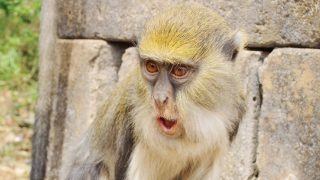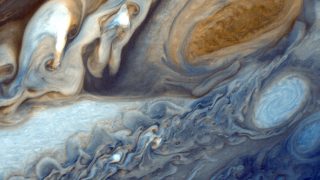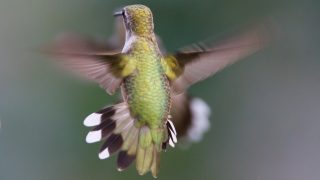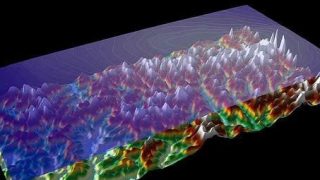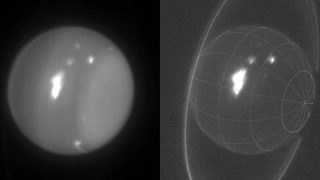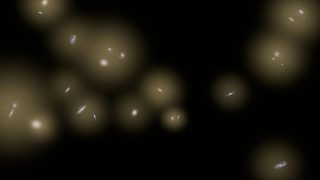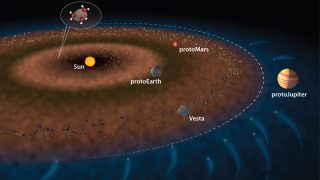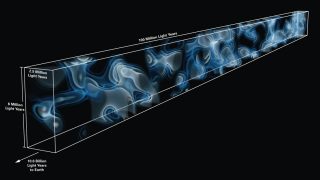
MI weekly selection #110
Humanities & Social Sciences • Science • Technology • Weekly Selection
Researchers develop memory system with 900+ neurons, 165K synapses Researchers at IBM’s Almaden Research Center and South Korea’s Pohang University of Science and Technology have developed a phase-change memory chip with more than 900 neurons and 165,000 synapses that can emulate how the human brain functions, promising to advance image-recognition technology and other areas of […]
